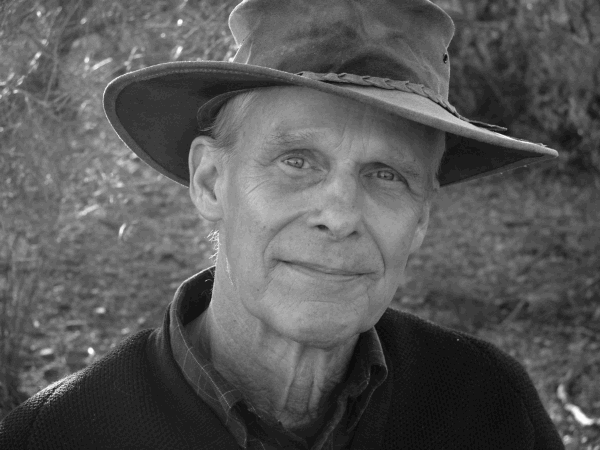
Thomas L. Vincent, Professor Emeritus of Aerospace and Mechanical Engineering at the University of Arizona, died on 26 October 2009, from pancreatic cancer. His long and productive career was highlighted by not only his many students (over 20 PhD and 50 Masters students), eight books, and over 150 publications but by the breadth of his interests and collaborations. As a young engineer, he had an interest in the calculus of variations, out of which soon developed a lifelong interest in optimal control theory and game theory and in their application to engineering and biological problems. He published extensively on ecological models and, in more recent years, on cancer and chemotherapy models. He was a key role player in the development of evolutionary game theory as a methodology for modelling Darwinian evolution and studying evolutionarily stable strategies. This theory and methodology is presented in his last book, co-authored with Joel S. Brown, entitled Evolutionary Game Theory, Natural Selection, and Darwinian Dynamics (Cambridge University Press). Although he retired from the University of Arizona in 2001, Tom remained active in research with numerous colleagues and students up to the time of his death.
We are pleased that the first paper in this special issue dedicated to Tom's memory is based on some of his last, unpublished writing. This paper presents a current overview of evolutionary game and its relationships with optimization and game theory. Tania Vincent, Tom's daughter and collatorator, and Yosef Cohen, Tom's long-time friend and colleague, edited this paper for publication. Rosalyn Rael was Tom's last PhD student (co-directed with J.M. Cushing) and her contribution to this issue comes from her doctoral dissertation, written while she was a student in the Interdisciplinary Program in Applied Mathematics at the University of Arizona. This work applies evolutionary game theory to Lotka-Volterra competition models and, motivated by classic experiments with competing species of Tribolium, determines conditions under which two species will evolve to coexistence (by introducing the notion of a ‘boxer effect’). Yosef Cohen's paper contains an analysis of reaction-diffusion equations modelling Darwinian evolution for producer–consumer interactions that indicate stationary and stable patterns in adaptive (phenotypic) trait space. The interdisciplinary team of Lee, Diong, Goh, Stuebing, and Junau use harvested logistic models to study maximal sustainable yields for a species of pig (Sus barbatus) that constitutes the main source of protein for indigenous peoples in managed forest in Malaysia. J.M. Cushing extends the fundamental bifurcation theorem for nonlinear matrix models of structured population dynamics to the evolutionary game theoretic versions of these models.
We are honoured to dedicate this special issue to Tom. We hope that it will contribute to the lasting memory of not only a marvellous intellect and scientist, but a great friend and mentor to innumerable people from around the world.